CX metrics like NPS and CSAT are under scrutiny. Experts argue it’s time to move from measuring sentiment to tracking signals and outcomes that reflect real customer value.
 “Why are we still measuring how fast we can get a customer off the phone? That was applicable when customer contact was always a voice call after the customer purchased a product and had a question or problem. Now we need to build a 50-year relationship with the customer long before they buy anything and stay connected long afterwards,” says Mark Hillary, Author, CX and technology analyst.
“Why are we still measuring how fast we can get a customer off the phone? That was applicable when customer contact was always a voice call after the customer purchased a product and had a question or problem. Now we need to build a 50-year relationship with the customer long before they buy anything and stay connected long afterwards,” says Mark Hillary, Author, CX and technology analyst.
Vanity metrics like NPS and CSAT promised a shortcut to customer understanding. But they’ve become digital comfort blankets that are easy to track, hard to act on. CX leaders are now demanding more: less scoring, more insight; fewer surveys, more signals; not more data, but better questions.
The Metrics Mirage
 “Dashboards become digital graveyards of insights never acted on,” says Sue Duris, Principal CX Consultant at M4 Communications. It’s a wake-up call.
“Dashboards become digital graveyards of insights never acted on,” says Sue Duris, Principal CX Consultant at M4 Communications. It’s a wake-up call.
For years, organisations have defaulted to customer satisfaction (CSAT) and Net Promoter Score (NPS) as their go-to CX metrics. These scores are easy to count but don’t always reflect what truly matters.
 Jo Boswell, a seasoned CX leader, puts it bluntly: “The number of transactional surveys customers receive is overwhelming. We need far more insights, not more metrics.”
Jo Boswell, a seasoned CX leader, puts it bluntly: “The number of transactional surveys customers receive is overwhelming. We need far more insights, not more metrics.”
Despite increasingly sophisticated CX tech stacks, many programs struggle to show measurable business value. One key reason is the confusion between measuring sentiment and achieving outcomes.
Outcomes, Not Optics
Every investment must earn its keep. Sentiment scores often fall short.

“CX has to be measured by, and only by, business outcomes. It is the only legitimate currency of success,” says James Elliott, former Head of Experience at Bupa Global.
 Pedro Catarino, Director of Customer Experience at Banco Santander, shares the same view: “Every CX leader should be able to provide data-driven evidence of the business value generated by improving customer experience.”
Pedro Catarino, Director of Customer Experience at Banco Santander, shares the same view: “Every CX leader should be able to provide data-driven evidence of the business value generated by improving customer experience.”
He recommends tracking four key value drivers: Revenue, Cost, Retention, and Referrals. If a CX metric doesn’t relate to at least one of these, it risks being irrelevant.
Still, even metrics tied to outcomes must be timely. Lagging indicators can’t fuel proactive action.
The Real-Time Shift
While NPS and CSAT still appear on executive dashboards, their lagging nature limits their usefulness.
“CSAT tells you what 10% of your customers felt a few days ago,” says Elliott. “Analysing calls, chats, and emails for negative sentiment shows you who is about to churn right now.”
The future of CX measurement lies in signals. Are customers buying more? Logging in less? Repeating complaints? These behavioural patterns provide stronger business cases than survey scores.
In one transformation example, analysing signals helped reduce churn by £21 million. Another brand cut complaints in half by identifying root issues through real-time behavioural data.
Ask Better Questions
A follow-up survey after a medical test asks: “How did you find the experience?” Yet this reveals little. It lacks context and insight.
A better question would be: “How confident are you that you completed the test correctly?” This captures uncertainty and surfaces the customer’s real need.
Effective measurement begins with designing for understanding. Sue recommends an upgraded NPS format: the score, the reason for it, and one suggested improvement. It’s simple and actionable.
 Michelle Spaul, CX consultant and founder of Delta Swan, adds: “Choose impactful metrics. Select questions and metrics carefully. They must truly understand needs. They must show perceptions. Right metrics inspire change. They do not just report numbers.”
Michelle Spaul, CX consultant and founder of Delta Swan, adds: “Choose impactful metrics. Select questions and metrics carefully. They must truly understand needs. They must show perceptions. Right metrics inspire change. They do not just report numbers.”
Michelle also proposes the NEED framework, designed to bring structure to customer understanding:
- Name the job the customer is trying to complete
- Explore emotions around success and failure
- Examine context beyond the moment
- Detect obstacles that cause friction
The Tech Trap
“If your CX function is just reporting insights, there is an AI threat. If it acts as a value stream for change, you’re in a stronger position,” says James.
With automation now parsing voice, video, and text, much of traditional CX work like surveys and tagging is at risk of becoming obsolete. The real challenge isn’t technology. It’s the mindset.
As James warns, “Tech firms will distract you with more tech. The real barrier is culture.”
Real value in measurement comes from bold decisions. AI can surface insights. Acting on them still requires people.
The Job Was Never to Count Scores
It was to change outcomes.
I don’t believe you can just define simple metrics or create a single strategy that will achieve success – it’s all about culture, adds Mark. He cites Zappos as a classic example. The company sold shoes online, just like many other online services, but they really cared about the customer, and that attitude came from the top of the business.
CX teams must move beyond collecting feedback and focus on proving impact. From being the voice of the customer to becoming transformation leaders. NPS still plays a role in building customer-centric culture.
However, if it doesn’t link to growth, innovation, or improvement, it might now be more harmful than helpful. Customer effort is gaining traction. It’s actionable and aligns well with business results. Amazon’s one-click purchase exemplifies how reducing effort can drive both loyalty and revenue.
The Final Question
If CX measurement stays rooted in legacy scores, the risk is missing the signal in the noise.
The next phase of customer experience demands stronger priorities. Priorities like asking better questions. Tracking actions that generate business value. Building measurement programs that earn investment and trust.
Scorecards may still exist. The real direction forward lies in signals.
ALSO READ: CX Dialogues: Scott Lee Holloway, Head of CX at APS Bank






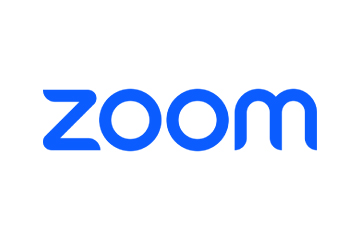


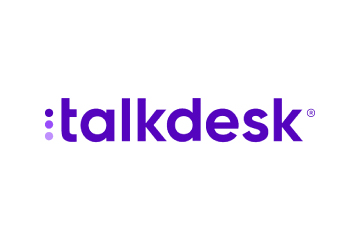

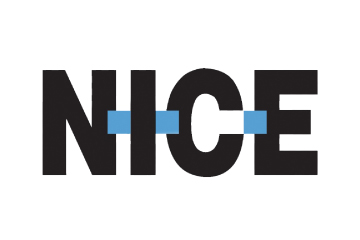


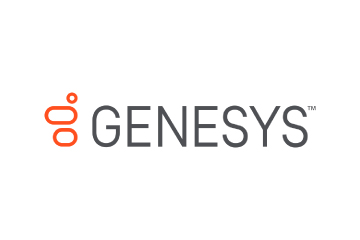



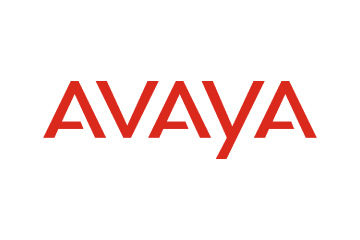
 Amplitude is a product analytics platform, enabling businesses to track visitors with the help of collaborative analytics. The platform leverages the capabilities of
Amplitude is a product analytics platform, enabling businesses to track visitors with the help of collaborative analytics. The platform leverages the capabilities of 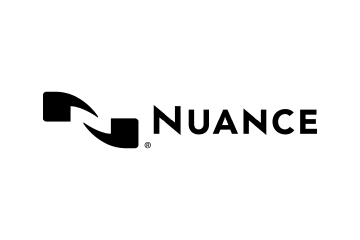




 Zoho Social, a part of Zoho’s suite of 50+ products, is a comprehensive social media management platform for businesses and agencies. The Zoho Social dashboard includes a robust set of features, such as Publishing Calendar, Bulk Scheduler, and Approval Management to offer businesses all the essential social media publishing tools. Its monitoring tools help enterprises track and respond to relevant social conversations.
Zoho Social, a part of Zoho’s suite of 50+ products, is a comprehensive social media management platform for businesses and agencies. The Zoho Social dashboard includes a robust set of features, such as Publishing Calendar, Bulk Scheduler, and Approval Management to offer businesses all the essential social media publishing tools. Its monitoring tools help enterprises track and respond to relevant social conversations.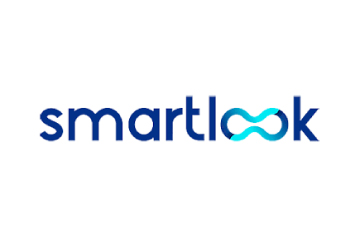

 Microsoft Dynamics 365 represents a robust cloud-based CRM solution with features such as pipeline assessment, relationship analytics, and conversational intelligence. It utilises AI-powered insights to provide actionable intelligence via predictive analytics, lead scoring, sentiment analysis, etc. Currently, Microsoft operates in 190 countries and is made up of more than 220,000 employees worldwide.
Microsoft Dynamics 365 represents a robust cloud-based CRM solution with features such as pipeline assessment, relationship analytics, and conversational intelligence. It utilises AI-powered insights to provide actionable intelligence via predictive analytics, lead scoring, sentiment analysis, etc. Currently, Microsoft operates in 190 countries and is made up of more than 220,000 employees worldwide.
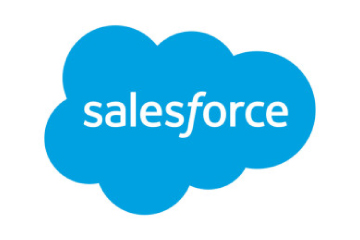
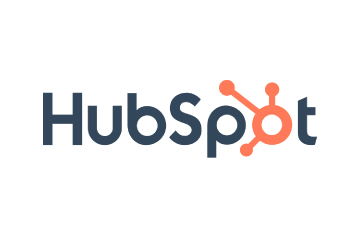 HubSpot is an inbound marketing, sales, and customer service software provider, offering robust CRM and automation solutions. Some of its products include Marketing Hub, Sales Hub, Operations Hub, Content Hub, Commerce Hub, Marketing Analytics and Dashboard Software. Guided by its inbound methodology, HubSpot enables companies to prioritise innovation and customer success.
HubSpot is an inbound marketing, sales, and customer service software provider, offering robust CRM and automation solutions. Some of its products include Marketing Hub, Sales Hub, Operations Hub, Content Hub, Commerce Hub, Marketing Analytics and Dashboard Software. Guided by its inbound methodology, HubSpot enables companies to prioritise innovation and customer success.
 Monday.com is a project management software company, offering a cloud-based platform that enables businesses
Monday.com is a project management software company, offering a cloud-based platform that enables businesses 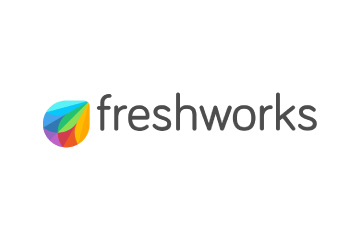 Headquartered in San Mateo, California, Freshworks is a global AI-powered business software provider. Its tech stack includes a scalable and comprehensive suite for IT, customer support, sales, and marketing teams, ensuring value for immediate business impact. Its product portfolio includes Customer Service Suite, Freshdesk, Freshchat, Freshcaller, Freshsuccess, and Freshservice. Freshservice for Business Teams has helped several global organisations to enhance their operational efficiency.
Headquartered in San Mateo, California, Freshworks is a global AI-powered business software provider. Its tech stack includes a scalable and comprehensive suite for IT, customer support, sales, and marketing teams, ensuring value for immediate business impact. Its product portfolio includes Customer Service Suite, Freshdesk, Freshchat, Freshcaller, Freshsuccess, and Freshservice. Freshservice for Business Teams has helped several global organisations to enhance their operational efficiency.
 Talkdesk offers an innovative AI-powered customer-centric tech stack to its global partners. The company provides generative AI integrations, delivering industry-specific solutions to its customers. Talkdesk CX Cloud and Industry Experience Clouds utilise modern machine learning and language models to enhance contact centre efficiency and client satisfaction.
Talkdesk offers an innovative AI-powered customer-centric tech stack to its global partners. The company provides generative AI integrations, delivering industry-specific solutions to its customers. Talkdesk CX Cloud and Industry Experience Clouds utilise modern machine learning and language models to enhance contact centre efficiency and client satisfaction.



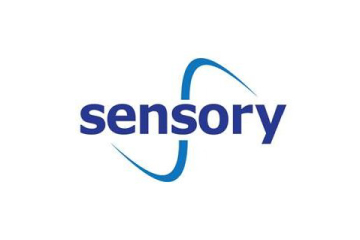
 The company offers comprehensive cloud-based solutions, such as Microsoft Dynamics 365, Gaming Consoles, Microsoft Advertising, Copilot, among other things, to help organisations offer enhanced CX and ROI. Its generative-AI-powered speech and voice recognition solutions,such as Cortana and Azure Speech Services empowers developers to build intelligent applications.
The company offers comprehensive cloud-based solutions, such as Microsoft Dynamics 365, Gaming Consoles, Microsoft Advertising, Copilot, among other things, to help organisations offer enhanced CX and ROI. Its generative-AI-powered speech and voice recognition solutions,such as Cortana and Azure Speech Services empowers developers to build intelligent applications. IBM is a global hybrid cloud and AI-powered
IBM is a global hybrid cloud and AI-powered  Uniphore is an enterprise-class, AI-native company that was incubated in 2008. Its enterprise-class multimodal AI and data platform unifies all elements of voice, video, text and data by leveraging Generative AI, Knowledge AI, Emotion AI and workflow automation. Some of its products include U-Self Serve, U-Assist, U-Capture, and U-Analyze. Its Q for Sale is a conversational intelligence software that guides revenue teams with AI-powered insights, offering clarity on how to effectively keep prospects engaged.
Uniphore is an enterprise-class, AI-native company that was incubated in 2008. Its enterprise-class multimodal AI and data platform unifies all elements of voice, video, text and data by leveraging Generative AI, Knowledge AI, Emotion AI and workflow automation. Some of its products include U-Self Serve, U-Assist, U-Capture, and U-Analyze. Its Q for Sale is a conversational intelligence software that guides revenue teams with AI-powered insights, offering clarity on how to effectively keep prospects engaged. Google Cloud accelerates every organisation’s ability to digitally transform its business. Its enterprise-grade solutions leverage modern technology to solve the most criticial business problems
Google Cloud accelerates every organisation’s ability to digitally transform its business. Its enterprise-grade solutions leverage modern technology to solve the most criticial business problems 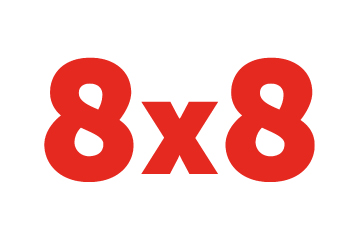 8×8 offers out-of-the-box contact centre solutions, assisting all-size businesses to efficiently meet customer needs and preferences. It offers custom CRM integrations support and integrates effortlessly with third-party CRMs like Salesforce, Microsoft Dynamics, Zendesk, and more. Offering global support in all time zones & development teams in 5 continents, its patented geo-routing solution ensures consistent voice quality.
8×8 offers out-of-the-box contact centre solutions, assisting all-size businesses to efficiently meet customer needs and preferences. It offers custom CRM integrations support and integrates effortlessly with third-party CRMs like Salesforce, Microsoft Dynamics, Zendesk, and more. Offering global support in all time zones & development teams in 5 continents, its patented geo-routing solution ensures consistent voice quality. Sprinklr is a comprehensive enterprise software company for all customer-focused functions. With advanced AI, Sprinklr’s unified customer experience management (Unified-CXM) platform lets organisations offer human experiences to every customer, every time, across any modern channel.
Sprinklr is a comprehensive enterprise software company for all customer-focused functions. With advanced AI, Sprinklr’s unified customer experience management (Unified-CXM) platform lets organisations offer human experiences to every customer, every time, across any modern channel.

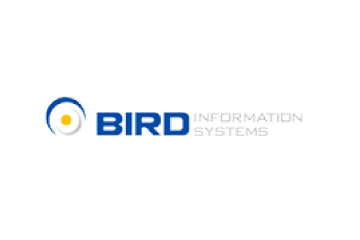
 Upland offers a comprehensive suite of contact centre and customer service solutions with products including InGenius, Panviva, Rant & Rave, and RightAnswers. InGenius enables organisations to connect their existing phone system with CRM, further enhancing agent productivity. Panviva provides compliant and omnichannel capabilities for highly regulated industries. Whereas, Rant & Rave, and RightAnswers are its AI-powered solutions,
Upland offers a comprehensive suite of contact centre and customer service solutions with products including InGenius, Panviva, Rant & Rave, and RightAnswers. InGenius enables organisations to connect their existing phone system with CRM, further enhancing agent productivity. Panviva provides compliant and omnichannel capabilities for highly regulated industries. Whereas, Rant & Rave, and RightAnswers are its AI-powered solutions, 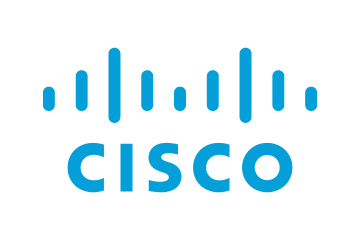


 Hootsuite, headquartered in Vancouver, is a social media management platform that streamlines the process of managing multiple social media accounts. Some of its core offerings include social media content planning and publishing, audience engagement tools, analytics and social advertising. Its easy-to-integrate capabilities help marketing teams to schedule and publish social media posts efficiently.
Hootsuite, headquartered in Vancouver, is a social media management platform that streamlines the process of managing multiple social media accounts. Some of its core offerings include social media content planning and publishing, audience engagement tools, analytics and social advertising. Its easy-to-integrate capabilities help marketing teams to schedule and publish social media posts efficiently.
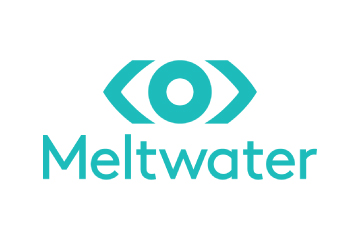
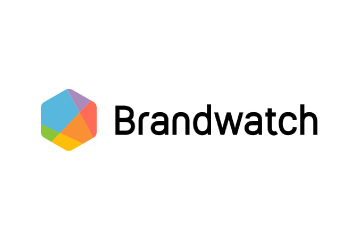 Brandwatch enables businesses to build and scale the optimal strategy for their clients with intuitive, use-case-focused tools that are easy and quick to master. Bringing together consumer intelligence and social media management, the company helps its users react to the trends that matter, collaborate on data-driven content, shield the brand from threats and manage all the social media channels at scale.
Brandwatch enables businesses to build and scale the optimal strategy for their clients with intuitive, use-case-focused tools that are easy and quick to master. Bringing together consumer intelligence and social media management, the company helps its users react to the trends that matter, collaborate on data-driven content, shield the brand from threats and manage all the social media channels at scale.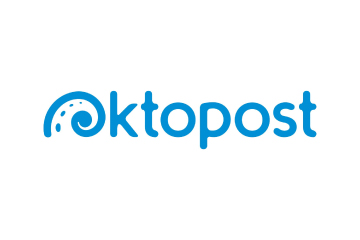

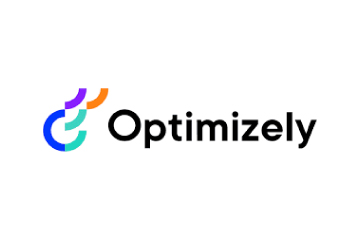
 Adobe Experience Cloud offers a comprehensive set of applications, capabilities, and services specifically designed to address day-to-day requirement for personalised customer experiences at scale. Its platform helps play an essential role in managing different digital content or assets to improve customer happiness. Its easy-to-optimise content gives users appropriate marketing streams, ensuring product awareness.
Adobe Experience Cloud offers a comprehensive set of applications, capabilities, and services specifically designed to address day-to-day requirement for personalised customer experiences at scale. Its platform helps play an essential role in managing different digital content or assets to improve customer happiness. Its easy-to-optimise content gives users appropriate marketing streams, ensuring product awareness. Salesforce-owned Tableau is an AI-powered analytics and business intelligence platform, offering the breadth and depth of capabilities that serve the requirements of global enterprises in a seamless, integrated experience. Marketers can utilise generative AI models, AI-powered predictions, natural language querying, and recommendationsons.
Salesforce-owned Tableau is an AI-powered analytics and business intelligence platform, offering the breadth and depth of capabilities that serve the requirements of global enterprises in a seamless, integrated experience. Marketers can utilise generative AI models, AI-powered predictions, natural language querying, and recommendationsons. Contentsquare is a cloud-based digital experience analytics platform, helping brands track billions of digital interactions, and turn those digital
Contentsquare is a cloud-based digital experience analytics platform, helping brands track billions of digital interactions, and turn those digital 
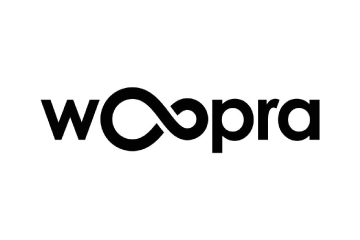

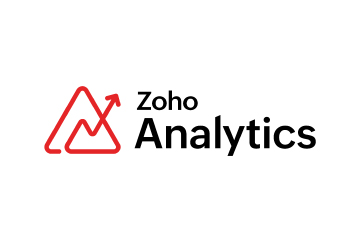 Zoho Corporation offers innovative and tailored software to help leaders grow their business. Zoho’s 55+ products aid sales and marketing, support and collaboration, finance, and recruitment requirements. Its customer analytics capabilities come with a conversational feature, Ask Zia. It enables users to ask questions and get insights in the form of reports and widgets in real-time.
Zoho Corporation offers innovative and tailored software to help leaders grow their business. Zoho’s 55+ products aid sales and marketing, support and collaboration, finance, and recruitment requirements. Its customer analytics capabilities come with a conversational feature, Ask Zia. It enables users to ask questions and get insights in the form of reports and widgets in real-time. Fullstory is a behavioural data platform, helping C-suite leaders make informed decisions by injecting digital behavioural data into its analytics stack. Its patented technology uncovers the power of quality behavioural data at scale, transforming every digital visit into actionable insights. Enterprises can increase funnel conversion and identify their highest-value customers effortlessly.
Fullstory is a behavioural data platform, helping C-suite leaders make informed decisions by injecting digital behavioural data into its analytics stack. Its patented technology uncovers the power of quality behavioural data at scale, transforming every digital visit into actionable insights. Enterprises can increase funnel conversion and identify their highest-value customers effortlessly.
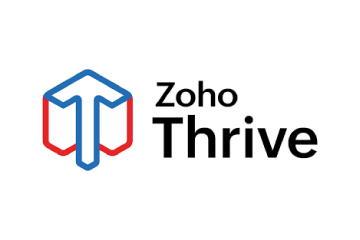
 Started in 2005 in a Sweden-based small town, Norrköping, Voyado offers a customer experience cloud platform that includes a customer loyalty management system. This platform helps businesses design and implement customer loyalty programs, track customer
Started in 2005 in a Sweden-based small town, Norrköping, Voyado offers a customer experience cloud platform that includes a customer loyalty management system. This platform helps businesses design and implement customer loyalty programs, track customer 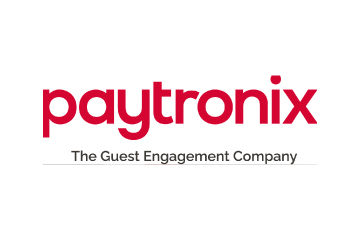



 TapMango provides a comprehensive, customisable, flexible and feature-rich customer loyalty program. The loyalty tools include an integrated suite of customised consumer-facing technology, easy-to-use merchant tools, and automation algorithms, all aimed at enhancing customer experience. Adaptable to any industry, TapMango’s platform helps merchants compete with larger chains, converting customer one-time purchases into profitable spending habits.
TapMango provides a comprehensive, customisable, flexible and feature-rich customer loyalty program. The loyalty tools include an integrated suite of customised consumer-facing technology, easy-to-use merchant tools, and automation algorithms, all aimed at enhancing customer experience. Adaptable to any industry, TapMango’s platform helps merchants compete with larger chains, converting customer one-time purchases into profitable spending habits.
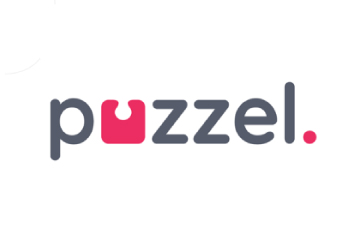
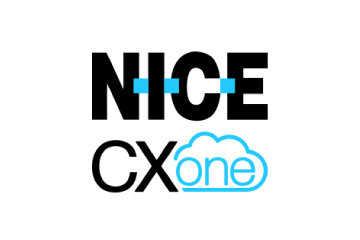




 Adobe Experience Cloud offers a comprehensive set of applications, capabilities, and services specifically designed to address day-to-day requirements for personalised customer experiences at scale. Its innovative platform has played an essential role in managing different digital content or assets, to improve customer happiness or satisfaction. Some of its products include Adobe Gen Studio, Experience Manager Sites, Real-time CDP, and Marketo Engage.
Adobe Experience Cloud offers a comprehensive set of applications, capabilities, and services specifically designed to address day-to-day requirements for personalised customer experiences at scale. Its innovative platform has played an essential role in managing different digital content or assets, to improve customer happiness or satisfaction. Some of its products include Adobe Gen Studio, Experience Manager Sites, Real-time CDP, and Marketo Engage.

